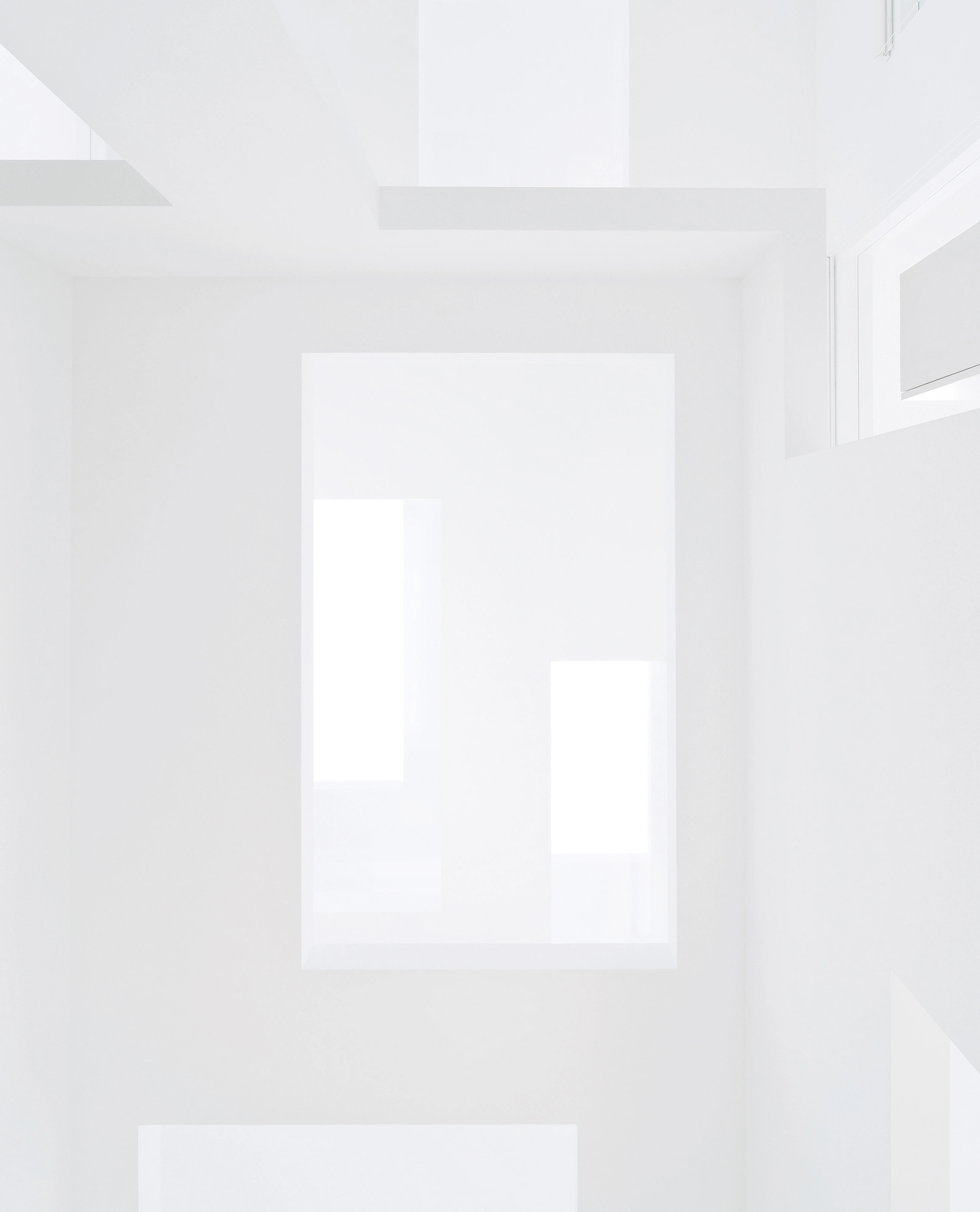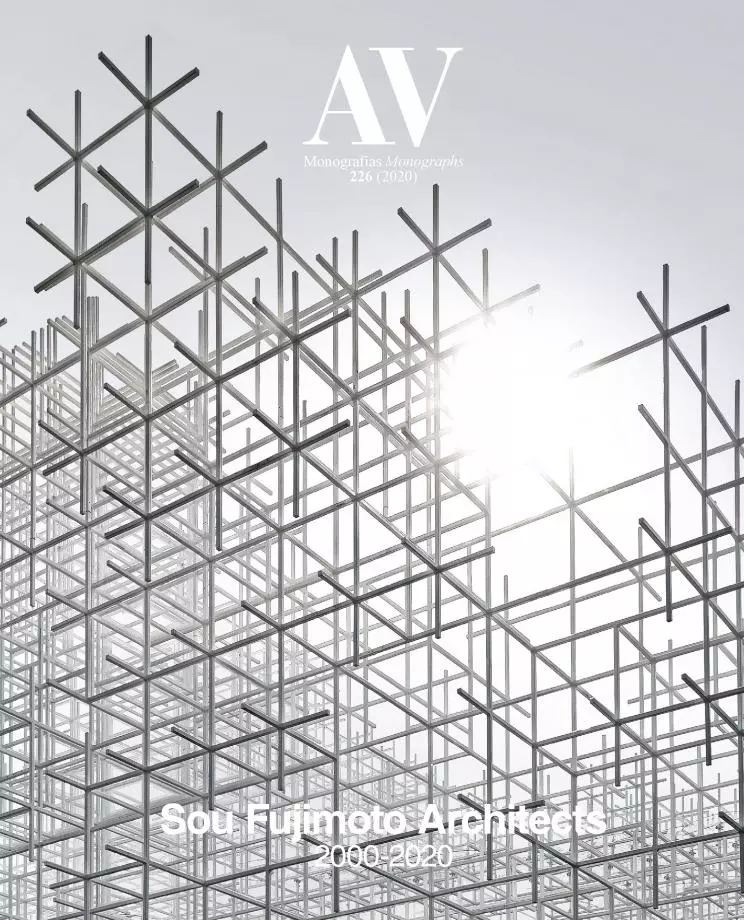
Sou Fujimoto describes his haphazard architectures as ‘notes without staves,’ and trying to interpret his forms through conventional composition is a futile effort. Escaping both the cartesian grid of regularity and the hierarchical pyramids of subordination, his pieces are scattered in space with a spontaneous order, evoking at once the processes of organic growth in nature and the mechanisms of adjustment in the social sphere. Reconciling the laws of biology laws with collective practices, this architecture disappears into the natural or urban landscape to crystallize suddenly in geometric jewels that extract their shine from the mist, and their poetic form from their functional indifference. Avoiding bold assertions, the works harvest a translucent fragility that is the base of their lyrical strength, and even the more solid projects are excavated or eroded to free the notes from the bars of the stave and the discipline of the metronome.
Even though he is indeed a free verse in Japan’s architectural panorama, it is hard to imagine Fujimoto outside the social climate, the technical context, and the artistic scene of the country: a luminous, exact, and calm atmosphere where being in harmony with nature is inseparable from civic courtesy and the low-profile of affirmative individuality. His ethereal precincts and his blurry thresholds promise a spiritual purification that other architects from his own generation and the one before have also pursued, but very few with the extreme exigence that some of his residential works show, more attentive to the harboring of souls than to the dwelling of bodies. Tirelessly experimental in each new commission, the architect enters a closed garden of uncharted paths, and those of us who follow his journey are in for a surprise at every fork and every turn, blinded by the light of intuition and by the chance of discovery.
Through a constant search for a verosimile future in the eternal present of the primitive, Fujimoto has explored the twin and antithetical archetypes of the cave and the nest, architectures of the origin that refer not to human or animal occupation but to their contrasting materiality: the refuge found in the cave versus the deliberate making of the nest; negative space versus construction with elements; and the disappearance of the project in the adaptation to the existing versus the affirmation of intention in the production of the new. Opposite forms of organic protection, cave and nest coincide in the celebration of the life they carry in their warm womb, and from this common matrix emerge architectures that, in the humid depths of the earth or in the airy tops of the trees, offer shelter from the storms of the world. And it may well be that what the architect is looking for is precisely this, with the quiet music of works that dazzle and dissolve like notes without staves.






